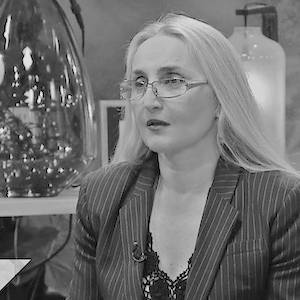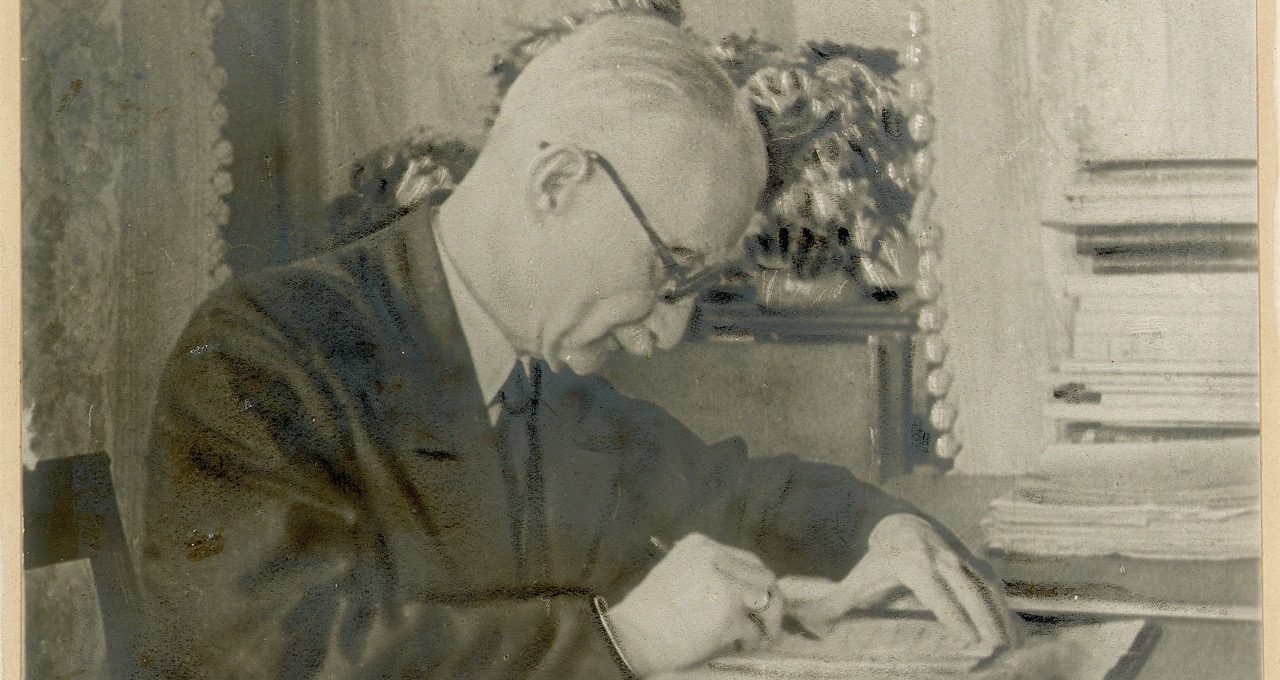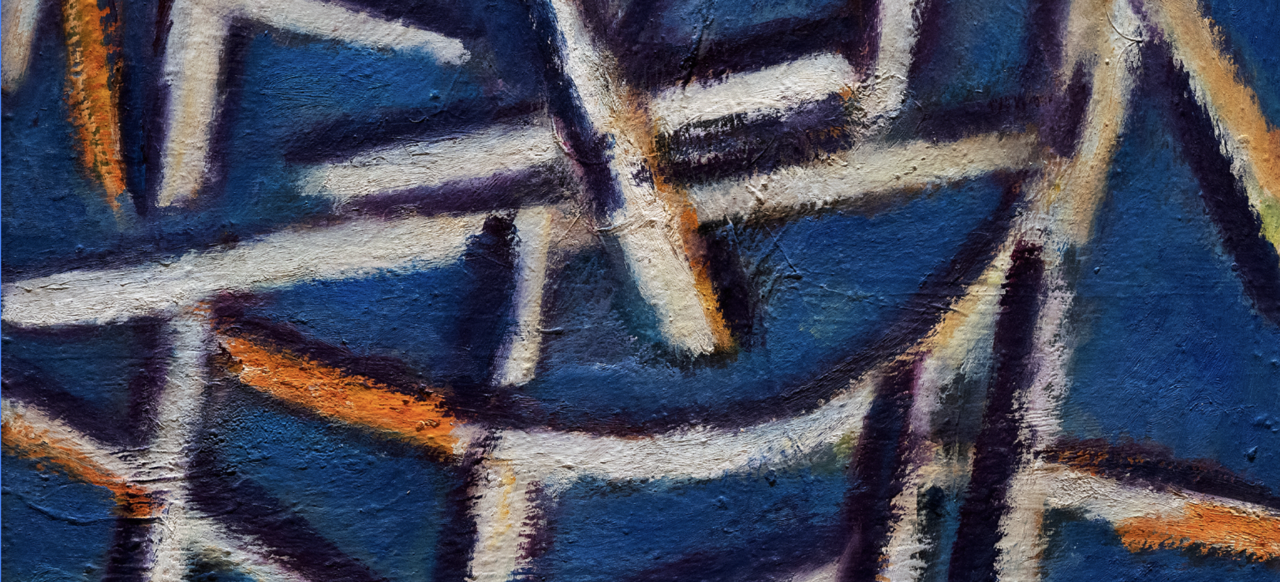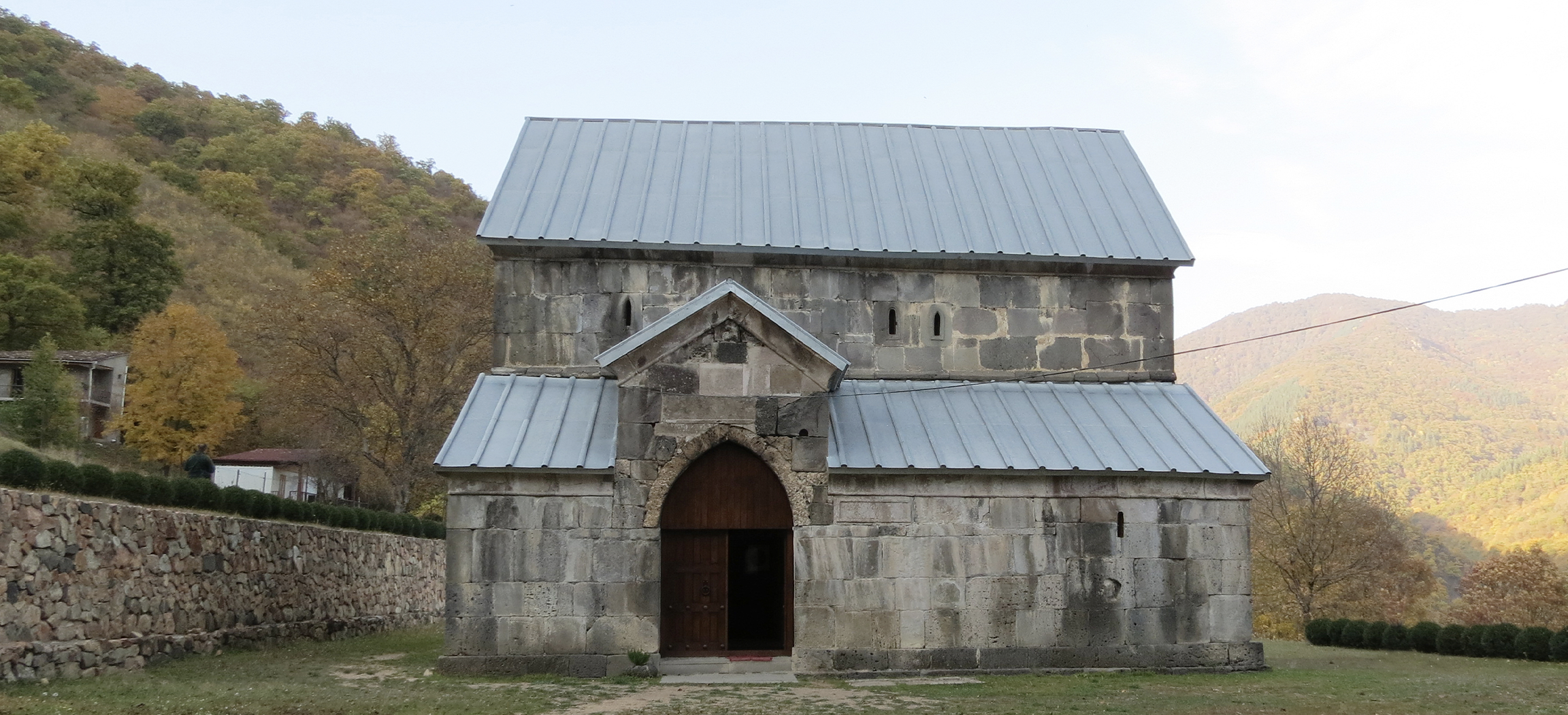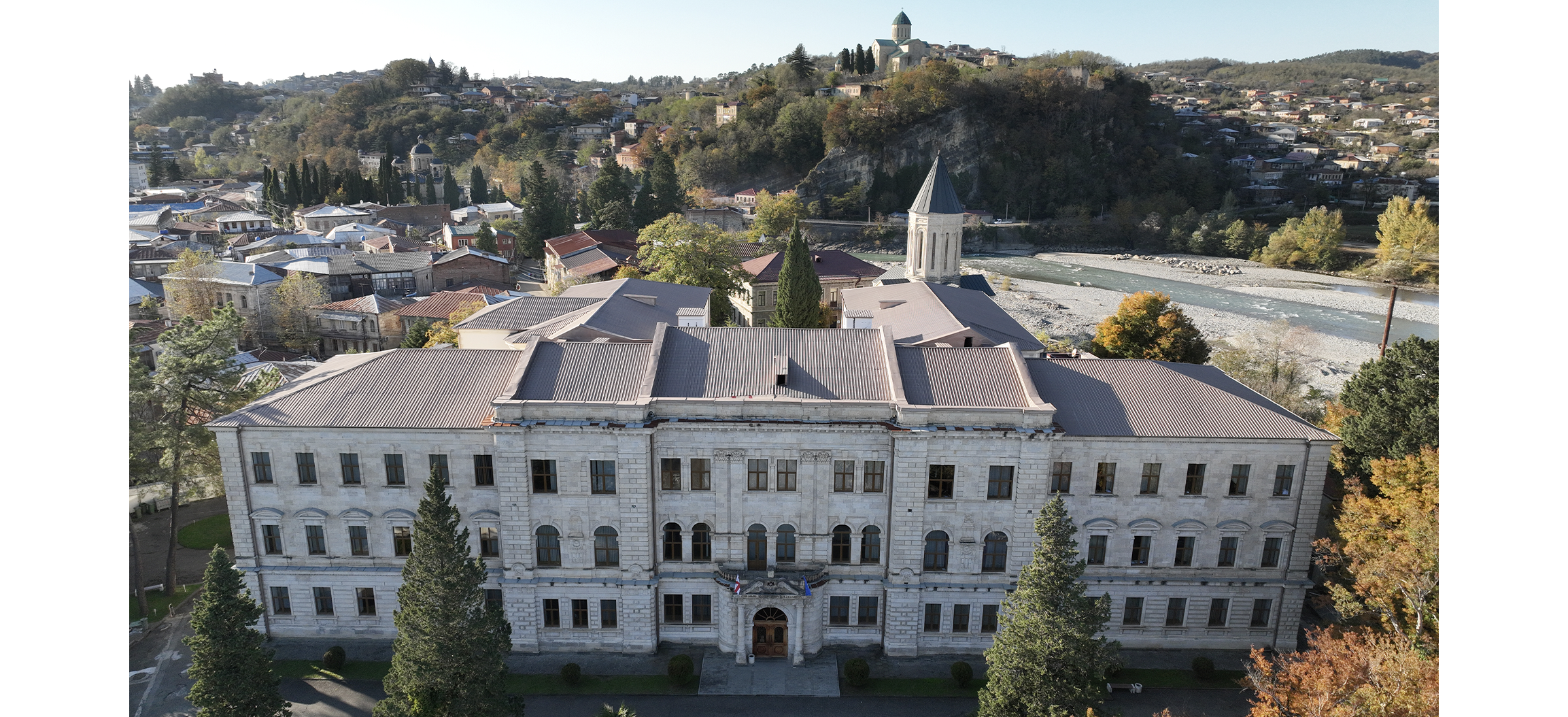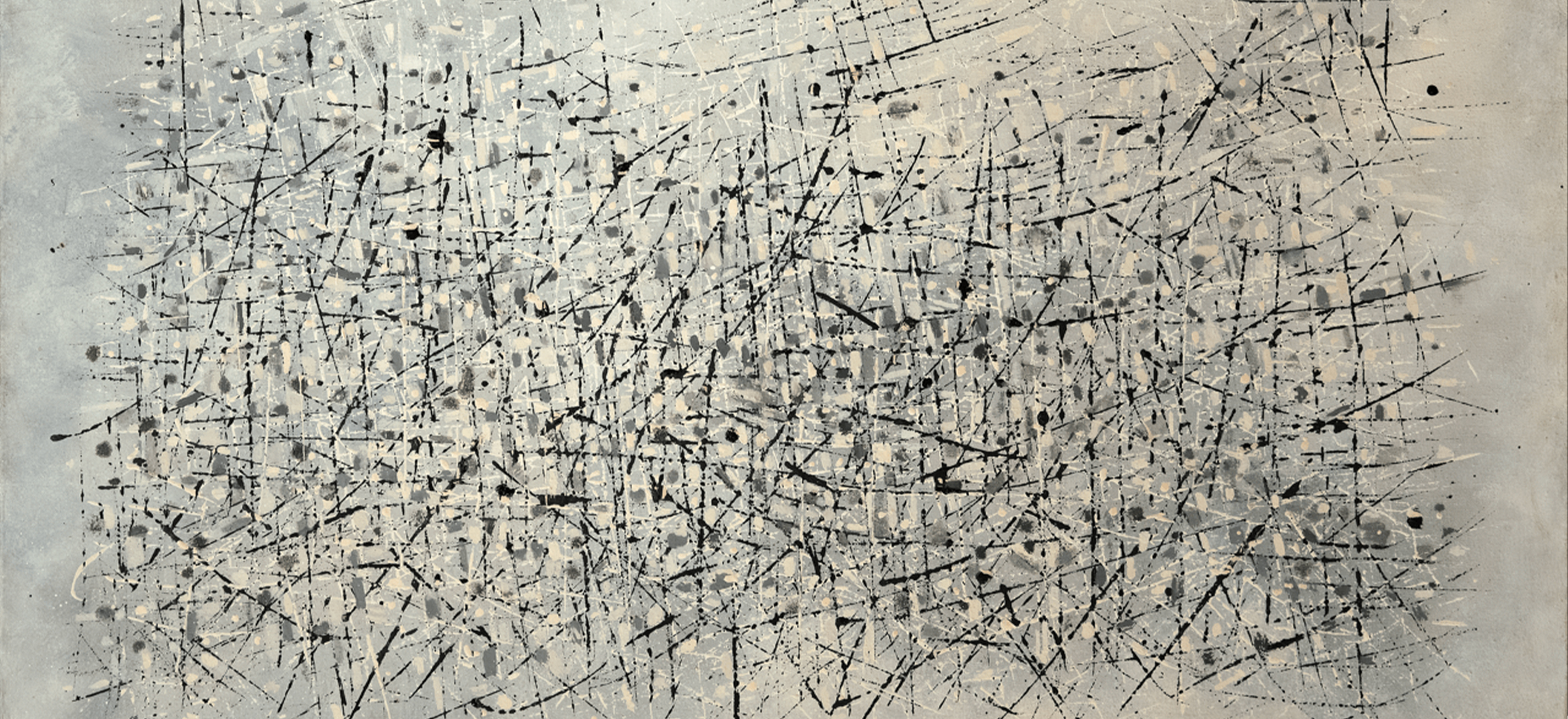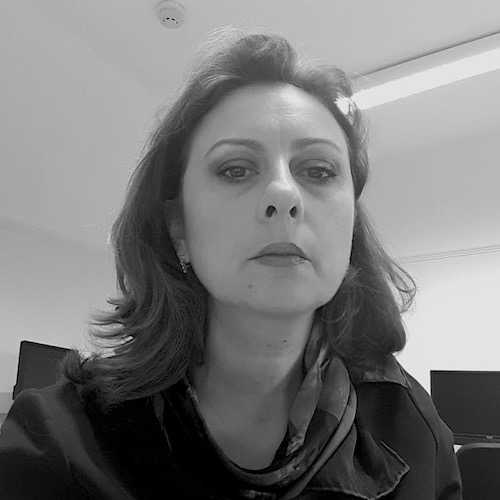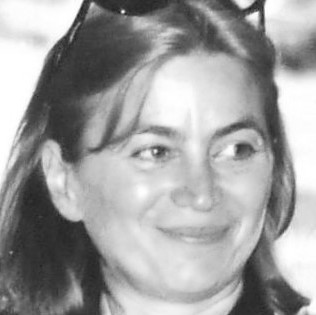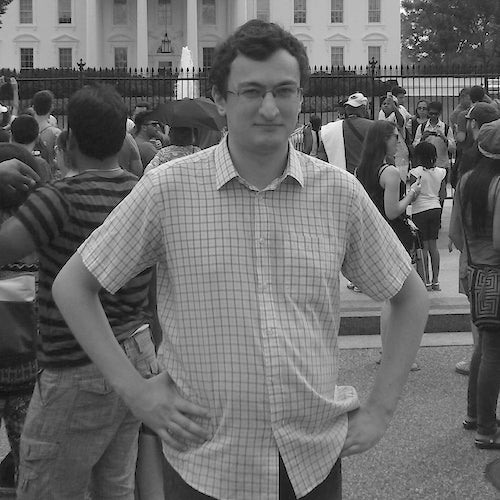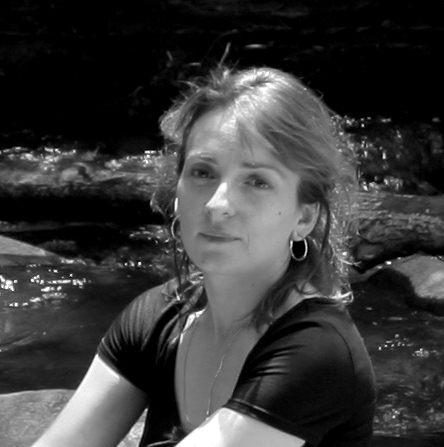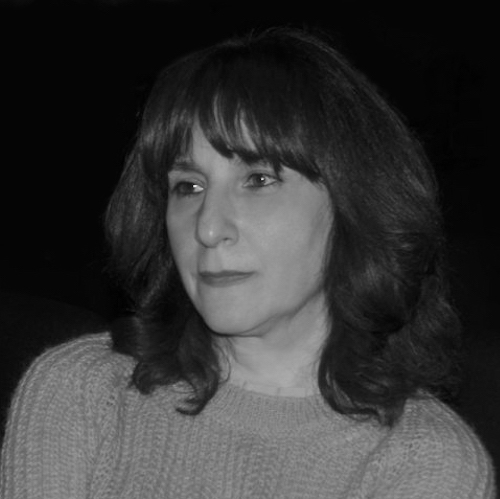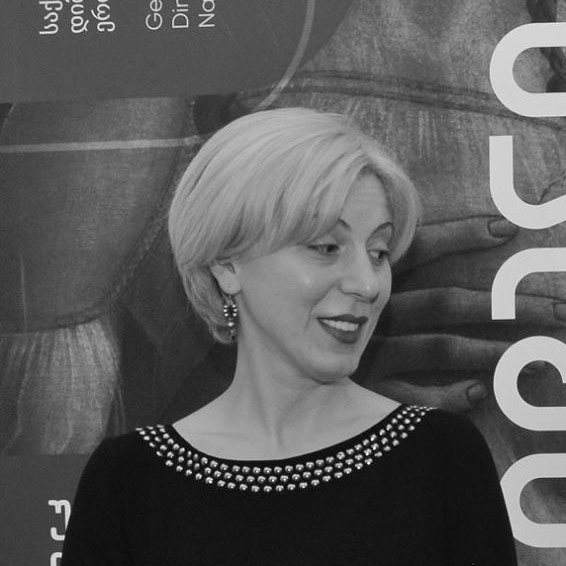Khatuna Khabuliani (ხათუნა ხაბულიანი) is an art Historian, art critic and curator. She graduated from Tbilisi State Academy of Art in 1990 – the faculty of art history and theory. She is a visiting professor at Ilia State University and Tbilisi State Academy of Art, where she delivers courses on contemporary art. The critical essays, reviews and articles by Khatuna Khabuliani are published in local and international editions. In 2001-2005 she was a member of the MAF_Media Art Farm and editor of “ARTURI” (quarterly insert of “24 hours”) in 2004 and “Impress magazine” in 2008. She is an author of two video projects: “eco talks” (Goethe Institute Tbilisi, 2006) and ”hedonistic drive“ (Women’s fund Georgia and New Art Union, 2009). She curated and co-curated various projects and exhibitions. In 2009 Khatuna Khabuliani was a curator of Georgian Pavilion at 53th Venice international biennale. She is a member of AICA – Armenia, ICOM and CIMAM. The topic of her PHD research work (in progress) is the art of the transitional period in Post-Soviet countries and particularly in Georgia. She lives and works in Tbilisi, Georgia.
Publications:
2016 – “Some Considerations on Aspects of Tbilisi’s IdentityThrough Architectural Narratives.” Identity Studies. Ilia State University. Tbilisi.
2014 – “On Crossing Contexts – on projects by Gia Edzgveradze.” Kritika. #4. Tbilisi. Shota Rustaveli Institute of Georgian Literature. Ivane Javakhishvili Tbilisi State University. p.194-214.
2014 – “Perception Boundaries in Georgian Video Art.” Georgian Video Art. Active for Culture. Tbilisi. p.42-53.
2013-2014 – “About Contemporary Art and Quality of Art Works” (part II). ACADEMIA #3. TSAA. Tbilisi. 150-159.
2013 – “On Georgian Visual Culture in the Second Part of XIX Century.” Point 19. CCA_Center of Contemporary Art Tbilisi. p.3-6.
2011 – “About Contemporary Art and Quality of Art Works” (part I). ACADEMIA#2. TSAA.Tbilisi. p.26-32.
2013 -“Possible deterritorialization for miracles”. Nordic art – between miracles. Goteborg. Sweden. p.53-59.
2005 – “Contemporary Georgian Art”./ review/ UTOPIA/ IFA. Berlin. p.34-41.
2005 – “Georgian Art for International Projects”. Transrelation. Tbilisi. p.22-25.
Translations:
2014 – Georgian translation of A.C. Danto. After The End of Art. 8-11 chapters. TSAA.

